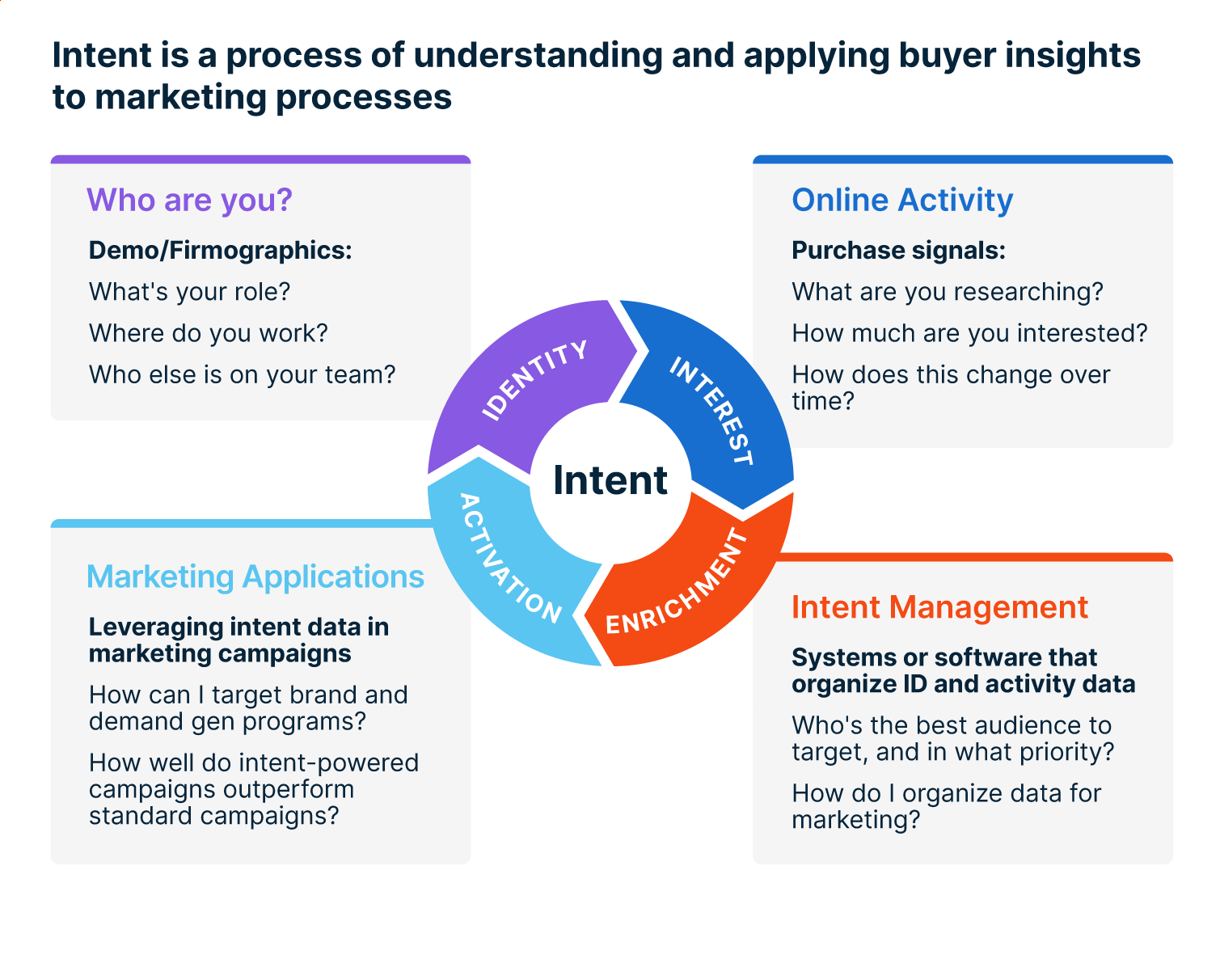How to Choose the Right B2B Prospect Research Model
페이지 정보

본문
Finding the right B2B prospects isn’t just about collecting data — it’s about using a prospect research model that aligns with your business goals, sales cycle, and buyer behavior. The right model ensures you spend time on leads that truly matter, increase conversions, and drive predictable revenue.
In this blog, let’s break down what a prospect research model is, types of models, how to choose the right one, and key tips to improve accuracy.
???? What Is a B2B Prospect Research Model?
A B2B prospect research model is a structured approach used to identify, evaluate, and prioritize potential customers based on relevance and conversion likelihood.
A good model helps you:
- Target the most qualified accounts
- Reduce customer acquisition cost (CAC)
- Improve lead-to-opportunity conversion
- Personalize outreach
- Shorten the sales cycle
The 5 Most Effective B2B Prospect Research Models
1. Ideal Customer Profile (ICP)–Driven Model


This is the most foundational model. You define the characteristics of your perfect customer and filter prospects based on that.
Best for: Startups, SMBs, and companies entering new markets
Factors used: Industry, company size, tech stack, location, pain points
Pros:
- Highly targeted
- Good for cold outreach
- Ensures relevance
Cons:
- No real-time behavioral indicators
2. Firmographic + Technographic Model
This model prioritizes prospects based on company-level attributes and technology usage.
Best for: SaaS, IT, and MarTech businesses
Firmographic Data:
- Revenue
- Employee count
- Industry
- Growth rate
Technographic Data:
- CRM used
- Marketing automation tools
- Cloud provider
- Competitor tools
Why choose:
Perfect when your product integrates with or replaces certain technologies.
3. Intent Data–Driven Model


This model uses behavioral signals that show buying interest, such as:
- Content consumption
- Product searches
- Third-party intent data
- Comparison website activity
Best for: High-ticket B2B products, ABM campaigns
Pros:
- Highly predictive
- Shows who is already in-market
Cons:
- Requires access to intent data providers
4. Predictive Scoring (AI + ML) Model
This uses AI algorithms to assign scores to prospects based on conversion probability.
Best for: Enterprise sales, companies with large datasets
Inputs include:
- Past win/loss data
- Demographics
- Behavior patterns
- Email engagement
- Product interactions
Pros:
- Scales easily
- Very accurate
Cons:
- Requires tech investment
5. Multi-Channel Engagement Model
This model prioritizes prospects based on how they engage across channels:
- Web visits
- Ads
- Webinars/events
Best for: Demand generation + sales teams
Why choose: Helps identify the warmest prospects based on actual engagement.
⭐ How to Choose the Right B2B Prospect Research Model
Here’s a simple step-by-step approach:
1. Define Your Sales & Marketing Goals
Ask:
- Do you want more volume or better quality?
- Are you targeting SMB, mid-market, or enterprise?
- Are you launching a new market or product?
Your goals decide whether you need ICP, intent, or AI-led scoring.
2. Understand Your Buyer Journey
Short buying cycle? → ICP or firmographics
Long buying cycle? → Intent or predictive scoring
Ask your sales team:
“What data helped close your last 10 deals?”
3. Check Your Data Maturity
If your CRM is clean and historical → Predictive scoring works
If your data is basic → Start with ICP + firmographics
If you have intent tool access → Intent-driven model is best
4. Match With Your Team Size & Budget
- Small teams: ICP + engagement model
- Growing teams: Firmographic + technographic
- Enterprise teams: AI + intent scoring
5. Test, Measure & Optimize
Run A/B comparisons:
- Which model brings better SQLs?
- Which reduces sales cycle?
- Which increases email response rate?
Keep refining every quarter.
???? Best Combination Models for 2025
For most B2B companies, the winning setup is:
✔ ICP + Intent Data + Engagement Scoring
This gives:
- Targeted accounts
- Real-time signals
- Clear prioritization
If you’re running ABM, use a 4-layer hybrid model:
ICP ➝ Intent ➝ Technographics ➝ Engagement
Contact Us : https://intentamplify.com/appointment-setting/
댓글목록
no comments.